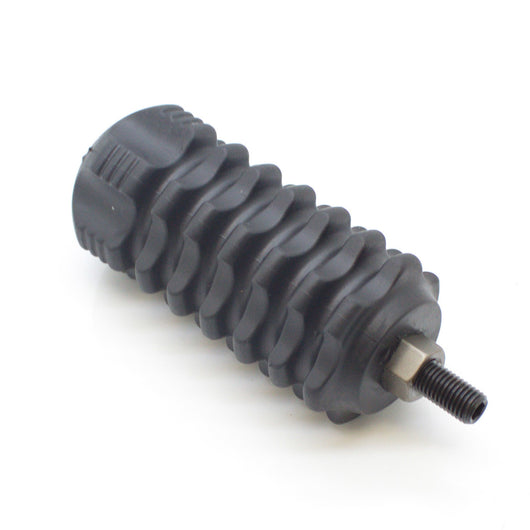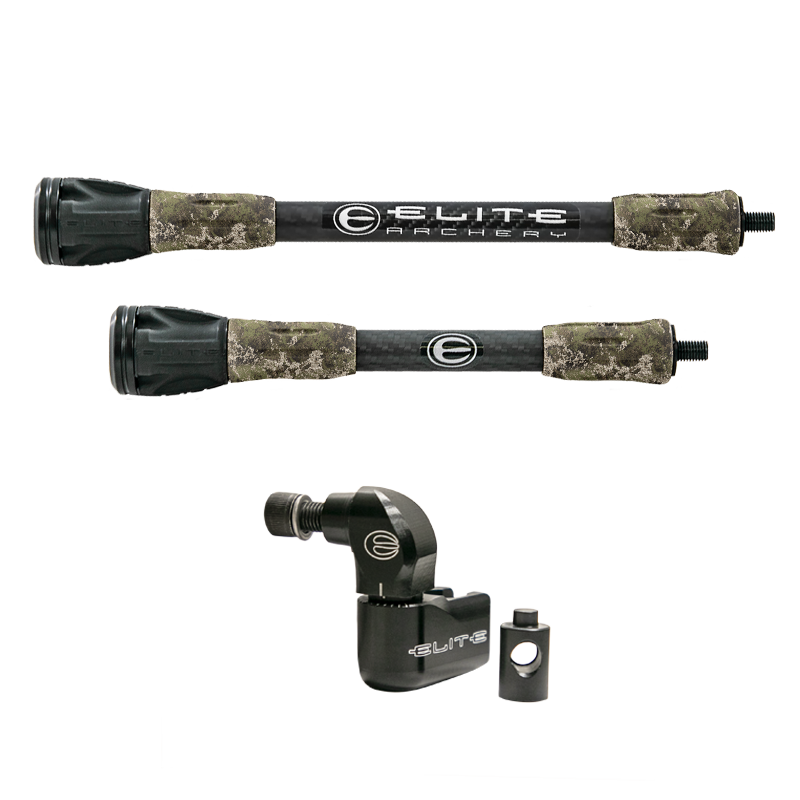Enhance Your Goal: Taking Advantage Of the Power of Bow Stabilizers
Enhance Your Goal: Taking Advantage Of the Power of Bow Stabilizers
Blog Article
The Ultimate Guide to Choosing the Right Bow Stabilizer for Archery Enthusiasts
A bow stabilizer plays a vital duty in enhancing precision, lowering resonance, and providing balance throughout the shot. In this ultimate guide, we will discover the various kinds of bow stabilizers, the factors you should consider when choosing one, and just how to figure out the suitable length and weight for your bow stabilizer. Whether you're an experienced archer or simply beginning out, get ready to elevate your archery game with the best bow stabilizer.
Types of Bow Stabilizers
There are several types of bow stabilizers available for archery fanatics to select from. One type of bow stabilizer is the static stabilizer, which is a easy and simple alternative.
One more type of stabilizer is the dynamic stabilizer, also recognized as the flexible stabilizer. Dynamic stabilizers are frequently made use of by competitive archers who call for precise control over their tools.
Some bow stabilizers likewise come with added features, such as dampening systems or vibration reduction innovations. These attributes assist to absorb and dissipate the vibrations that take place when the bow is terminated, additionally enhancing security and decreasing hand shock.
Variables to Think About When Selecting a Bow Stabilizer
When selecting a bow stabilizer, archery lovers need to carefully consider a number of crucial elements. Some archers may favor a single pole stabilizer, while others may choose for a sidebar or multi-rod stabilizer configuration. By thoroughly considering these elements, archery lovers can pick a bow stabilizer that suits their demands and assists them accomplish optimum performance on the array or in the field.

Just How to Establish the Ideal Length for Your Bow Stabilizer
To determine the excellent length for your bow stabilizer, it is important to consider elements such as shooting design, individual preference, and desired equilibrium. The size of a bow stabilizer can have a considerable effect on the general performance and feel of your bow.

On the various other hand, if you have a more relaxed shooting style or prefer capturing longer ranges, a longer stabilizer might be valuable (bow stabilizer). Longer stabilizers supply boosted stability and lowered bow torque, leading to boosted precision and consistency during longer shots
When determining the suitable length,Personal choice also comes right into play. Some archers prefer the feel and equilibrium of a shorter stabilizer, while others like the added security and control offered by a much longer stabilizer. It is very important to experiment and locate what length really feels most comfy and natural for you.
Last but not least, the wanted balance of your bow can affect the perfect stabilizer length. A front-heavy bow might take advantage of a longer stabilizer to accomplish a more well balanced feeling, while a back-heavy bow may need a much shorter stabilizer to correct the balance.
Understanding the Importance of Weight and Equilibrium in Bow Stabilizers
The weight of a stabilizer influences the total balance of the bow, which in turn influences the my link shooter's ability to hold the bow constant throughout the shot. A stabilizer that is also hefty can make the bow feel front-heavy, while a stabilizer that is also light can make it really feel back-heavy.
The weight and equilibrium of a bow stabilizer additionally affect the amount of resonance and sound created during the shot. A stabilizer that is too hefty can soak up excessive amounts of resonance, causing a quieter shot. On the various other hand, a stabilizer that is too light may not provide adequate resonance moistening, causing a louder fired. Locating the appropriate weight and equilibrium can assist minimize sound and resonance, enhancing the overall shooting experience.
Moreover, the weight and balance of a bow stabilizer can likewise influence the ability to move of the bow. A much heavier stabilizer can make the bow really feel much more secure and stable, but it might additionally make the bow really feel bulkier and much less maneuverable.
Top Brands and Versions of Bow Stabilizers in the marketplace
There are numerous trustworthy brands and models of bow stabilizers offered in the current market. In Addition, Trophy Ridge is a relied on name in the archery neighborhood, offering stabilizers that give optimum balance and security. When choosing a bow stabilizer, it is crucial to consider variables such as material, length, and weight building and construction.
Final Thought
In verdict, choosing the appropriate bow stabilizer is important for archery fanatics. Bear in mind, selecting the appropriate bow stabilizer can considerably improve archery performance and overall shooting experience.
In this supreme guide, we will check out the various kinds of Source bow stabilizers, the variables you need to consider when selecting one, and how to determine the perfect length and weight for your bow stabilizer. One type of bow stabilizer is the fixed stabilizer, which Web Site is a straightforward and simple option.Another kind of stabilizer is the vibrant stabilizer, additionally understood as the adjustable stabilizer. Some archers choose the feel and equilibrium of a much shorter stabilizer, while others like the included stability and control offered by a longer stabilizer. A stabilizer that is too hefty can make the bow really feel front-heavy, while a stabilizer that is too light can make it really feel back-heavy.
Report this page